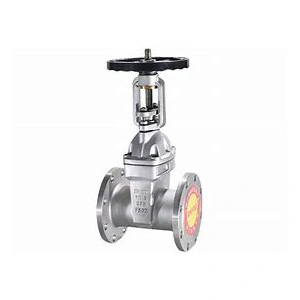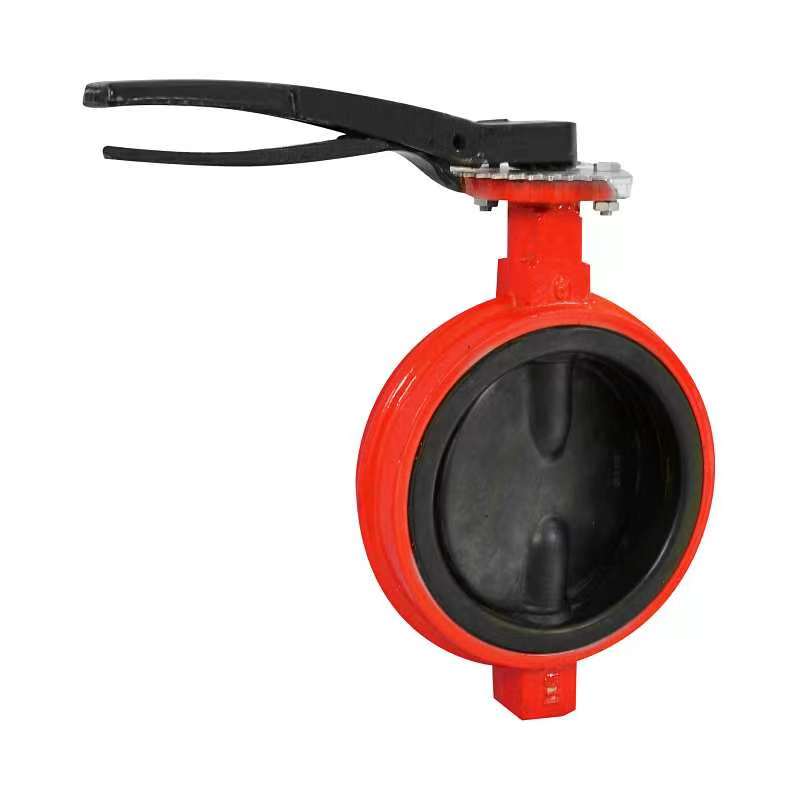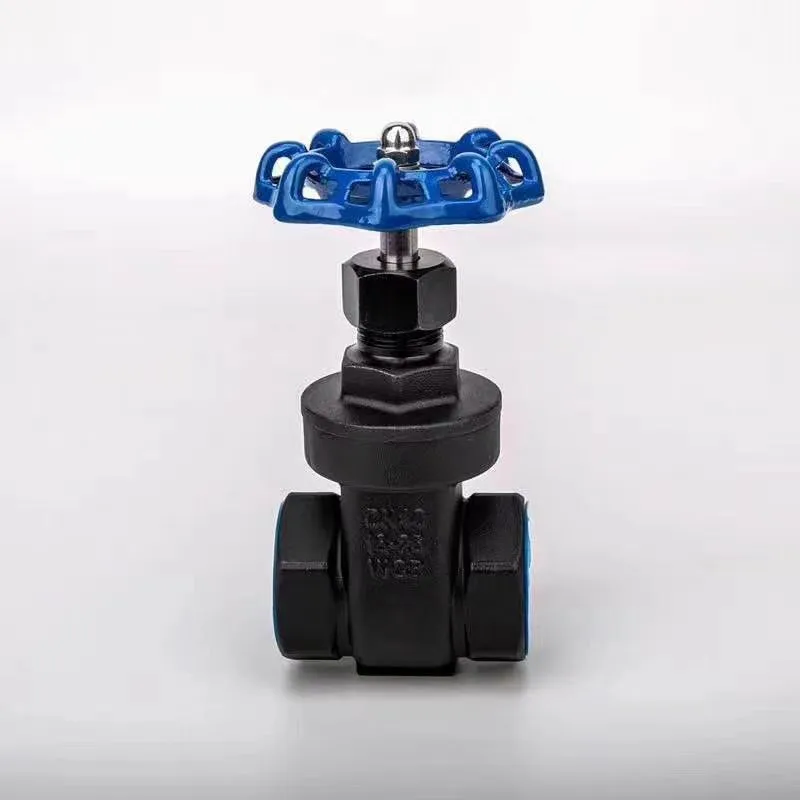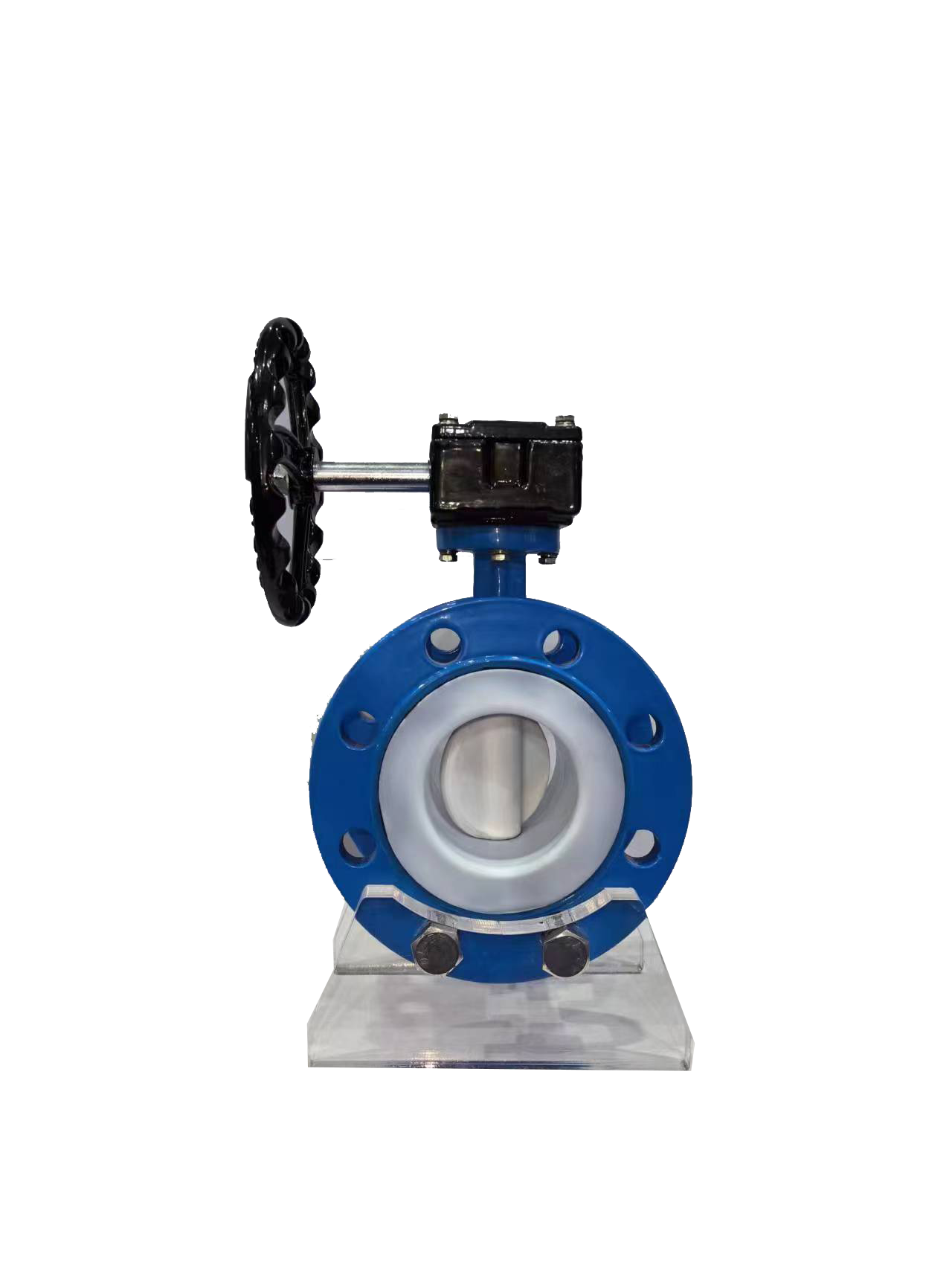- English
- Español
- Português
- русский
- Français
- 日本語
- Deutsch
- tiếng Việt
- Italiano
- Nederlands
- ภาษาไทย
- Polski
- 한국어
- Svenska
- magyar
- Malay
- বাংলা ভাষার
- Dansk
- Suomi
- हिन्दी
- Pilipino
- Türkçe
- Gaeilge
- العربية
- Indonesia
- Norsk
- تمل
- český
- ελληνικά
- український
- Javanese
- فارسی
- தமிழ்
- తెలుగు
- नेपाली
- Burmese
- български
- ລາວ
- Latine
- Қазақша
- Euskal
- Azərbaycan
- Slovenský jazyk
- Македонски
- Lietuvos
- Eesti Keel
- Română
- Slovenski
- मराठी
- Srpski језик
- Esperanto
- Català
- שפה עברית
- Cymraeg
- Latviešu
- icelandic
- ייִדיש
- беларускі
- Hrvatski
- Kreyòl ayisyen
- Shqiptar
- Malti
- lugha ya Kiswahili
- አማርኛ
- Bosanski
- Frysk
- ភាសាខ្មែរ
- ქართული
- ગુજરાતી
- Hausa
- Кыргыз тили
- ಕನ್ನಡ
- Corsa
- Kurdî
- മലയാളം
- Maori
- Монгол хэл
- Hmong
- IsiXhosa
- Zulu
- Yoruba
- অসমীয়া
- ଓଡିଆ
- Twi
- Samoa
- Sesotho
- සිංහල
- Gàidhlig
- Cebuano
- Somali
- Тоҷикӣ
- O'zbek
- Hawaiian
- سنڌي
- Shinra
- Հայերեն
- Igbo
- Sundanese
- Lëtzebuergesch
- Malagasy
- Tǝlam Kanuri
- Punjabi
- پښتو
- Chichewa
How long is the maintenance cycle for butterfly valves?
2025-10-31
The maintenance cycle of butterfly valves needs to be determined comprehensively based on the frequency of use, working environment, and valve type. The following is a specific analysis:
Under normal operating conditions, the maintenance cycle for ordinary butterfly valves is usually 1.5 to 2 years. This type of valve is mostly used in general fluid transportation scenarios, where the wear rate of components is slow. Regular inspection of sealing performance, lubrication of valve stems, and replacement of aging seals can maintain normal operation.
The maintenance cycle for large-diameter butterfly valves or butterfly valves under harsh working conditions (such as sewage discharge, seawater desalination, and high temperature and high pressure environments) needs to be shortened to about 1 year. Large diameter valves, due to their complex structure, have a sealing surface that can withstand greater pressure; Under harsh working conditions, the corrosiveness of the medium and particle impurities can accelerate the wear of the valve body and seat, requiring more frequent inspection of sealing, cleaning of the valve chamber, and replacement of damaged components. For example, butterfly valves in seawater desalination systems need to have their valve stem anti-corrosion coating checked monthly and their sealing rings replaced every six months.
The maintenance cycle for high-frequency use of butterfly valves (such as opening and closing dozens of times a day) needs to be further shortened. It is recommended to conduct a comprehensive inspection every 1 to 2 months, with a focus on monitoring valve stem wear, aging of seals, and stability of electrical systems (such as electric butterfly valves); Replace the seals and lubricate the valve stem every 3 to 6 months to avoid excessive component wear caused by frequent movements.

Butterfly valves in critical process flows (such as nuclear energy and chemical raw material transportation) require stricter maintenance strategies. It is recommended to conduct weekly inspections, conduct comprehensive maintenance every month, and equip an online monitoring system to monitor the operation status in real time. For example, butterfly valves in chemical pipelines need to be checked daily for leaks and monthly for valve body corrosion to ensure safety and controllability.
Principle for determining maintenance cycle:
Reference manufacturer's suggestion: Well known valve manufacturers will provide recommended cycles based on material characteristics and operating test data, which have high reference value.
Dynamic adjustment cycle: If the valve leaks, moves slowly, or has worn seals, the maintenance cycle needs to be shortened; Long term stable operation can be appropriately extended.
Environmental adaptability: The cycle needs to be shortened for high temperature, high humidity, and highly corrosive environments, while the cycle can be extended for clean environments.
Related News
- Can check valves prevent pump reversal
- What scenarios are check valves suitable for?
- What should I do if the check valve cannot stop the water?
- What should I do if there is leakage inside the check valve
- What are the types of check valves
- Are there any requirements for the installation direction of butterfly valves?
New Products













